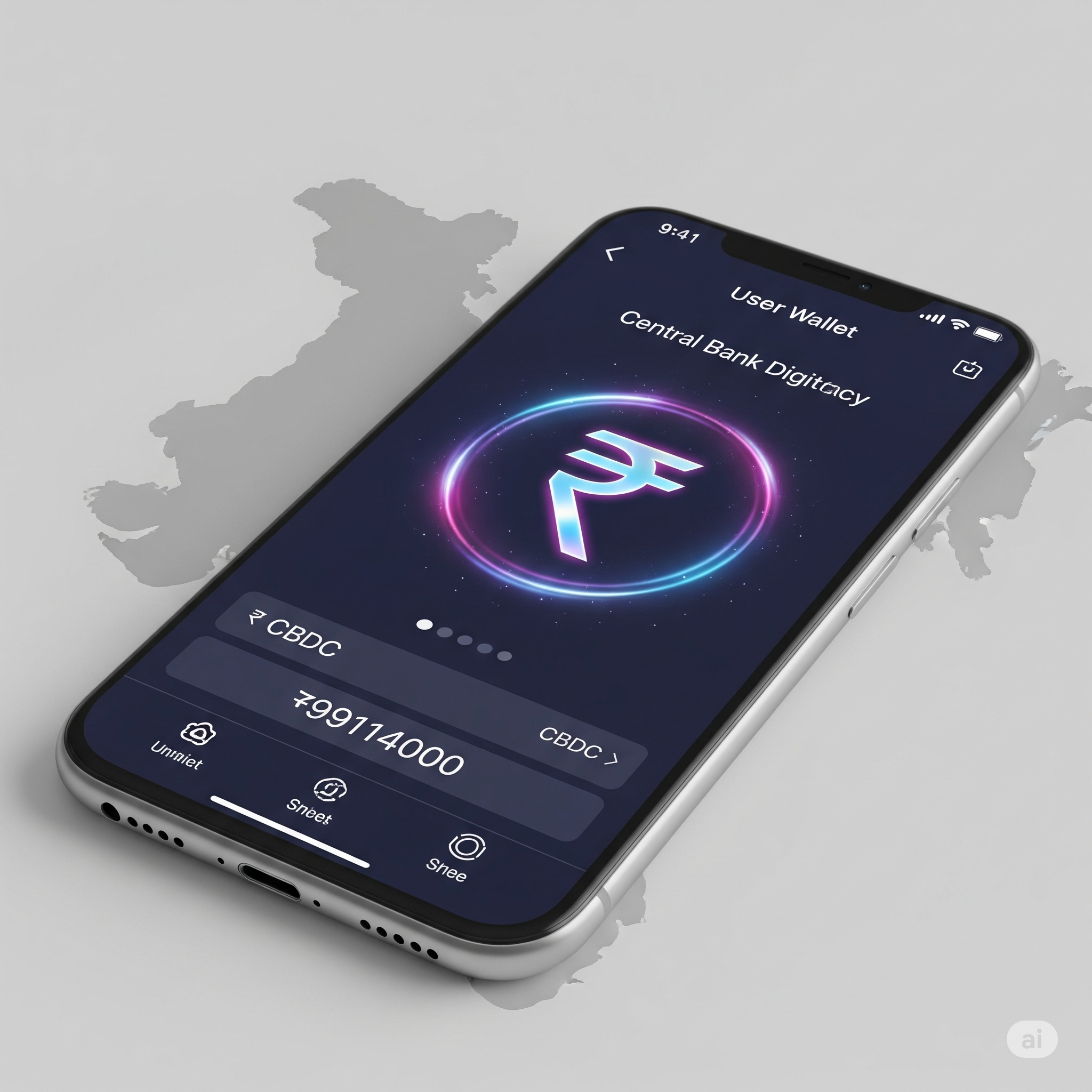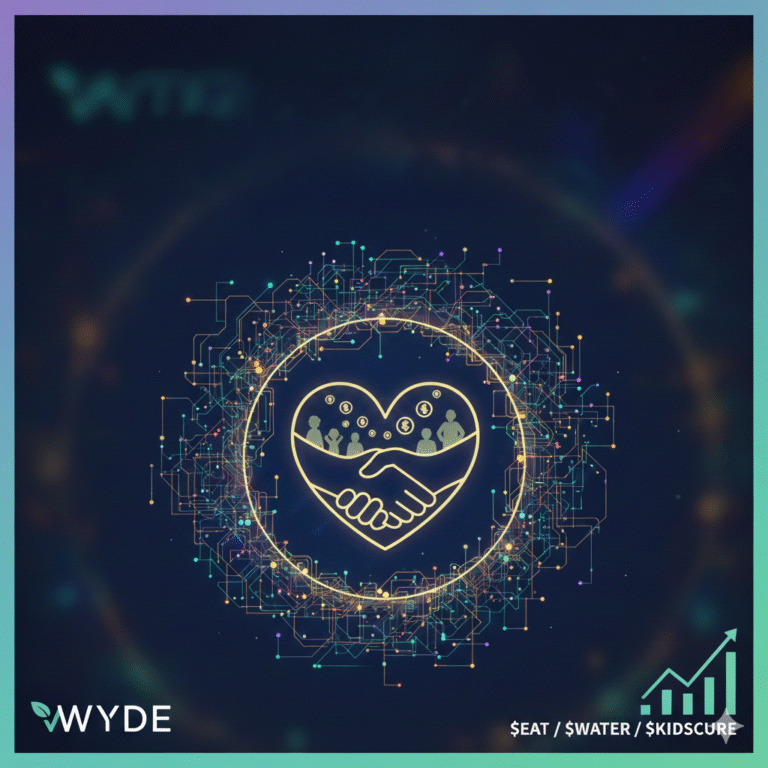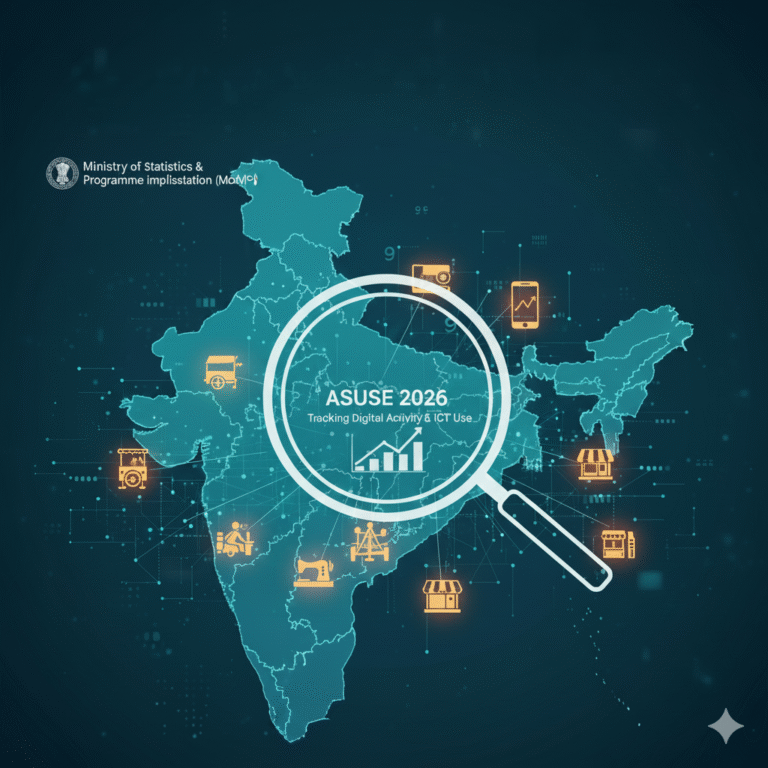In an increasingly digital world, cash is no longer king. As we swipe, scan, and tap our way through daily life, central banks around the world are racing to adapt. Enter: Central Bank Digital Currency (CBDC) — a new form of money issued by your country’s central bank, but in digital form.
This blog demystifies CBDCs, explaining what they are, how they differ from cryptocurrencies and traditional cash, and why countries like India, China, and the U.S. are exploring this digital future.
What is a CBDC?
A Central Bank Digital Currency (CBDC) is a digital form of a country’s official currency. Unlike cryptocurrencies like Bitcoin or Ethereum, CBDCs are:
- Issued by a central bank (e.g., Reserve Bank of India, Federal Reserve)
- Backed by the government
- Regulated and legal tender
Think of CBDCs as a digital version of the cash you hold — but instead of a note in your wallet, it’s stored in a digital wallet, linked directly to the central bank or authorized intermediaries.
Why Are Countries Developing CBDCs?
Governments and central banks are exploring CBDCs to:
- Modernize the payment system – Instant, secure, and traceable transactions
- Reduce dependence on cash – Lower printing and handling costs
- Combat black money and financial fraud – CBDCs offer traceability
- Promote financial inclusion – Especially for those without traditional bank access
- Provide a public alternative to private cryptocurrencies – Like a state-issued alternative to stablecoins
- Enhance cross-border payments – Faster and cheaper international transfers
CBDC vs Cryptocurrency: Key Differences
| Feature | CBDC | Cryptocurrency |
|---|---|---|
| Issuer | Central Bank | Decentralized (private entities or open-source) |
| Backed by Government | Yes | No |
| Legal Tender | Yes | Usually not |
| Stability | Stable (pegged to fiat) | Volatile |
| Regulation | Fully regulated | Often unregulated |
| Example | e-Rupee (India), Digital Yuan | Bitcoin, Ethereum |
Types of CBDCs
CBDCs come in two main forms:
1. Retail CBDC
- Meant for the general public
- Can be used like cash — pay, save, or receive money
2. Wholesale CBDC
- Used between banks and financial institutions
- Improves settlement efficiency in large transactions
How Does a CBDC Work?
CBDCs operate through digital wallets, maintained by users via banks or central bank-approved apps. Here’s how it might work:
- You download an RBI-approved digital wallet
- Load it with digital rupees (e₹)
- Use it to pay merchants, transfer funds, or receive subsidies
It’s similar to using apps like Google Pay or PhonePe — but the money comes directly from the central bank.
CBDC in India: The Digital Rupee

India’s Reserve Bank has launched pilot programs for the e₹ (Digital Rupee):
- e₹-Wholesale: For interbank settlements (launched Nov 2022)
- e₹-Retail: For individual users in select cities (launched Dec 2022)
The goal is to assess the digital rupee’s scalability, security, and user adoption.
Pros and Cons of CBDCs
✅ Pros:
- Instant transactions 24×7
- Reduced cash handling costs
- Better tracking of public spending (e.g., subsidies)
- Improved transparency and financial inclusion
❌ Cons:
- Privacy concerns (every transaction could be tracked)
- Cybersecurity risks
- Requires robust digital infrastructure
- Potential for central bank to have too much control over personal finance
Global Snapshot: Who’s Leading in CBDCs?
- China: Digital Yuan widely piloted across cities
- India: Retail and wholesale pilots ongoing
- Sweden: e-Krona in test phase
- Nigeria: Launched eNaira in 2021
- USA: Still in research phase, no official CBDC yet
As of 2025, over 130 countries are exploring or developing CBDCs.
Will CBDCs Replace Cash or UPI?
Unlikely — at least in the near term. Instead, CBDCs will coexist with:
- Cash – Still preferred in rural and low-digital areas
- UPI/Paytm/Google Pay – Popular payment interfaces linked to banks
CBDC could become another digital option with added security and legitimacy.
What It Means for You
- Easier payments – no need for bank accounts
- Safer storage – backed by the government
- Potential privacy trade-offs – unlike cash, every CBDC transaction could be logged
- Less reliance on cards, ATMs, and third-party apps
Conclusion
CBDCs mark a monumental shift in how we think about money, banking, and digital payments. While still in early stages, the digital rupee and its global counterparts could change the financial landscape — making transactions faster, governments more efficient, and finance more inclusive.
But as with all tech revolutions, the balance between innovation and privacy, security, and control will define the future of this digital currency experiment.









+ There are no comments
Add yours